Inside the Convoluted and Complex Process of Buying Your Dream Car in Japan
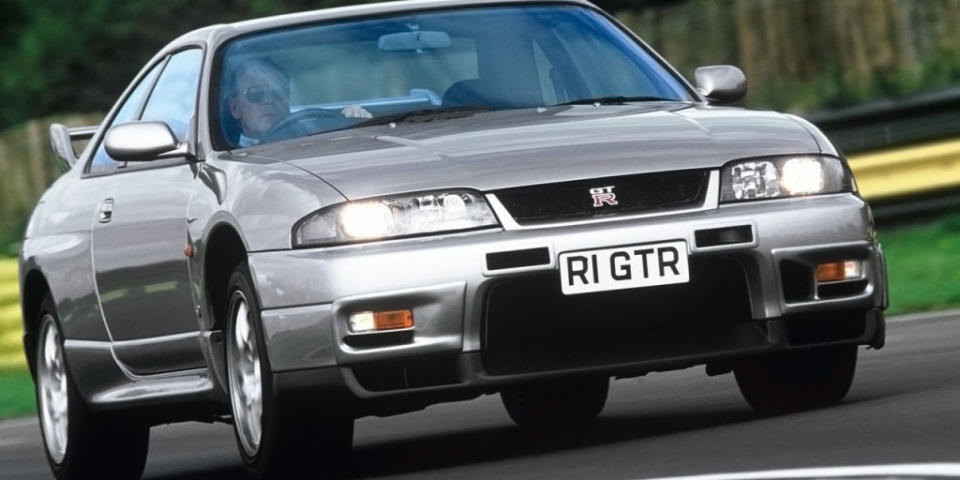
Almost two years ago, my wife and I moved to Japan from France. When I told my friends, most of them asked if I was going to buy a Skyline. Others laughed at the idea of me driving a tiny automatic kei-car for the rest of my life, while a third category asked how I would survive without a car, since they thought of Japan as some kind of gigantic Manhattan, where owning a car can be a logistical and financial nightmare. I knew they'd all be wrong. Here's what it takes to own and drive a car in Japan.
What do you want?
Be it a Kei-car, a Nissan Silvia or a Mitsubishi Delica, you will quickly notice that used cars can be bought for very cheap. Japanese people tend to like new cars, so they'll sell their car back to a dealership and get a new one about every four to five years. So when you, the regular car loving "gaijin," decide to buy one of those lovely R33 Skyline GT-Rs that you've seen on posters for so many years, prices should be fairly low. That's because where you may see an almighty untouchable unicorn on four wheels, Japanese see a piece of trash that they would not touch with a stick.
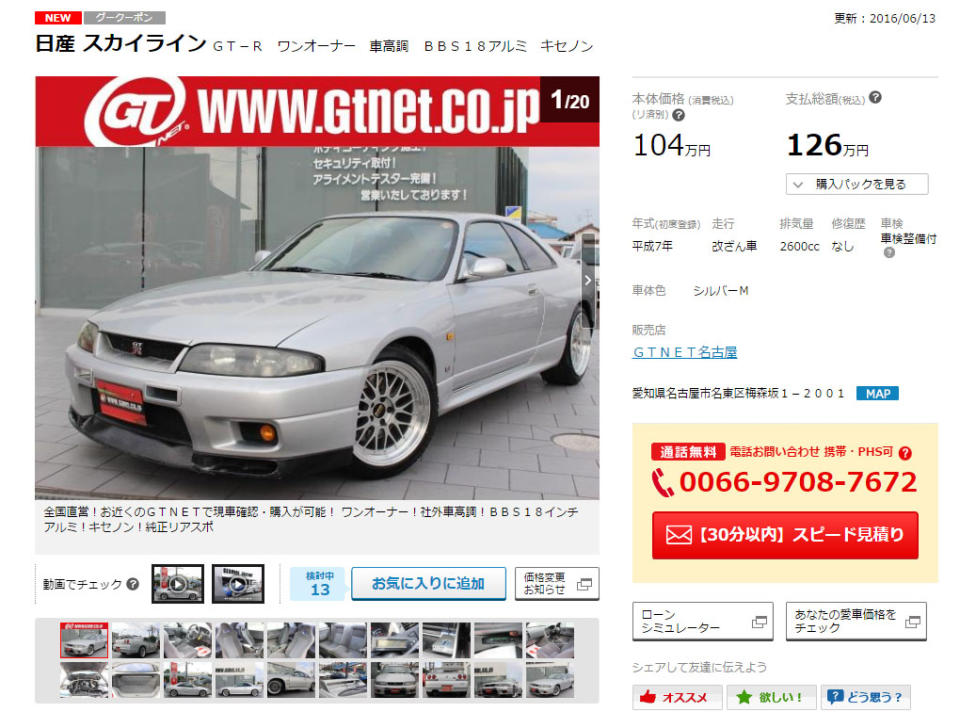
To give you a quick example, an R33 GTR in pretty good condition can be bought at used car dealerships from around $9000. With the right contacts, through auctions, you can get one for around $6000. A steal.
Pricing and purchasing
When going through listings, you will notice two prices next to each other. In our case 104万円 and 126万円, which stands for 1.04 million yen and 1.26 million yen ($9800 and $11900). The number on the left is the price of the car before all the required taxes and fees to legally get it on the road, while the other one, on the right, incorporates all those fees. That includes the technical inspection and minimal mandatory insurance, the "Shaken," but also a bunch of other fees and taxes. This is where it gets a bit crazy.
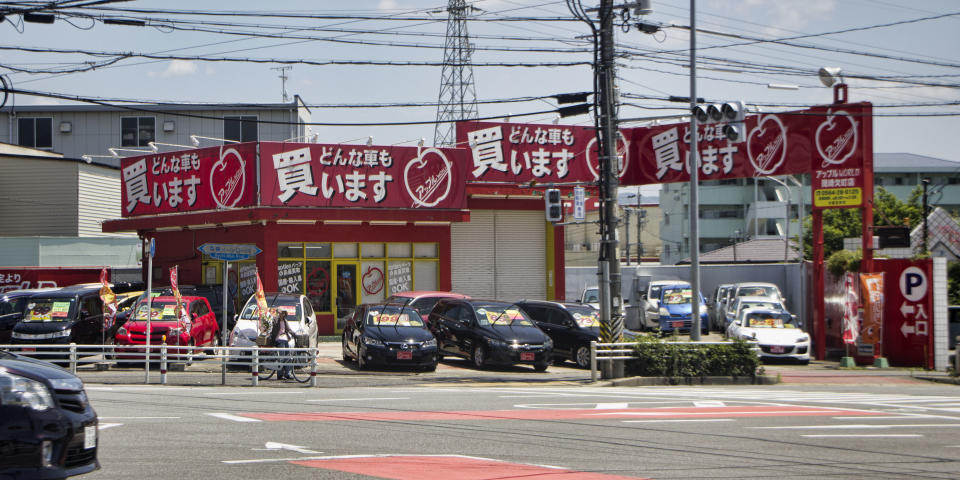
There are no regulations whatsoever when it comes to fees in Japan. Garages can charge any "cleaning fee" they want and have a "take it or leave it" attitude that can be a bit annoying, to put it lightly. For the very same car, some garages will charge you an extra $3000 to get the car licensed and ready to go, while others will charge you the minimum taxes or even less. In theory this fee is supposed to include an acquisition tax, a weight tax and the shaken tax, but dealerships love to add other fees.
Japan being Japan, price negotiation does not really exist and a total lack of flexibility is a pre-requirement for any sales job. Needless to say that if you come from a fairly more relaxed part of this world, dealing with sales people adding fee after fee for no reason whatsoever might quickly get on your nerves. If so, let me tell you in advance that the "walking out of the dealership" tactic will not work. Salesmen are not paid through commissions and they just won't care. For better, negotiable prices, try very small garages and maybe see if they can get your car through dealer-auctions for a fixed fee. It will probably take a few weeks before you even get to see the car in person, but one-man garages that sell fewer cars are usually owned by more passionate and less stubborn people.
The used car test drive doesn't exist
Don't expect going around garages to test drive all generations of Skylines before deciding which one you want. Unless you buy a brand new car from a dealership (they often have dedicated cars for you to try), it's kind of a big no-no in Japan to even ask for one. They will start the engine for you, let you rev it (maybe), but that's pretty much it. If you're really about to buy the car, came to visit the dealership a few times, showed them you have the money for it and are ready to sign the papers, they might let you jump in for a quick ride. That's right, in the passenger seat. That's only if you ask for it, just before signing the papers. That also can be quite frustrating and another reason why I recommend small one-man garages for this, as they should be a bit more understanding and compliant with your needs.
You need parking
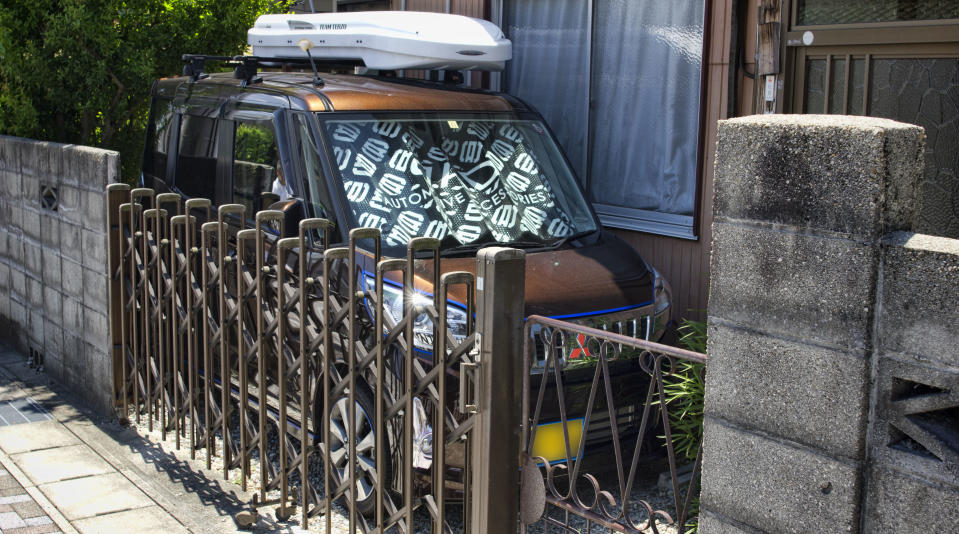
Unless you buy a Kei-car, you will need to prove that you have a parking space for your new acquisition. Parking spots in Japan can be expensive. I personally pay 9000 yen per month for mine, but I live in a pretty small city near Nagoya. If you live in a city like Tokyo or Osaka, you will have to pay between 20000 yen ($190) and 50000 yen ($470) monthly, depending on where in the city you live. If you're in the country, it may be free or as low as $20 per month. Just showing the rental agreement or proof of ownership is not enough to prove you have a parking spot. An actual police officer will come and check that your car can fit in the spot. Seriously. Of course, this can take a few days before the verification gets done. Once this is complete, you can finally have that car.
Congrats!
Anyway, you finally went through all the hoops and you own a beautiful R33 GT-R that nobody else wanted. Congratulations! Now grandmas raise eyebrows and girls turn around when they see you drive by. A couple of creepy dudes, with weird clothes, at your local "konbini" will give you a thumbs up. You now own your dream car and you can drive it legally with the mandatory minimum insurance (valid two years). Still, you will want to fully insure it. For once, this is a fairly straightforward operation. A few brokerage firms with service in English exist and prices are usually quite reasonable. If you're around 30 with no driving experience in Japan, your Skyline should cost you around $800 to $1200 a year for full coverage. A more reasonable car, with a smaller engine, will be half or a third of that price.
Oh, good, more taxes
You've now owned your car for a full year. That's when you'll get a letter in the mail asking you to pay 51000 yen for that RB26 of yours. That's the "Jidoushazei," the yearly road tax. Its price is based on the size of your engine. Under 1L, you will pay 29,500 yen ($280) per year, all the way up to 111,000 yen ($1050) if your car has an engine over 6L. Then comes an extra 8000 yen ($70) for every car with a carrying capacity of less than one ton. If you drive a Kei-car, the tax will vary depending on where you live and you have to pay it to your city, not to your prefecture. It's relatively inexpensive, ranging from $70 to $200, depending on where you live.
After two years, it's time to get ready for the infamous biennial "shaken" inspection. Different methods exist to pass it. You can have your local garage do it for you, you can do it yourself or if you have money and can't be bothered, you can just have someone pick up the car for you at your place and bring it back when done, along with a hefty bill. Doing the inspection by yourself will cost between $100 and $200. Getting someone to pick it up will be closer to $1000. But of course, that's only the inspection.
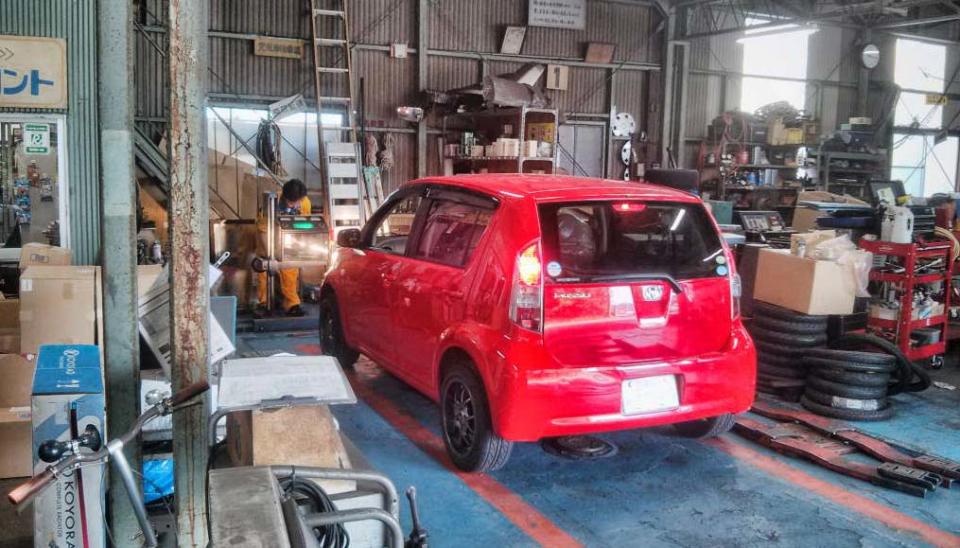
After, comes more taxes, because why wouldn't there be more taxes? This time it will be based on the size of the vehicle. For a car between one and two tons, that will cost you around $1000 total, in tax alone. Cars more than 13 years old cost an extra ten percent. In addition to that, you will have to pay the minimum insurance fee of 24,950 yen ($230). Keep in mind this is something you have to pay every two years.
So to sum up, in total, every two years, keeping your R33 GTR road legal will cost you a grand total of $2000. Every other year, you will pay about $550, which makes an average of $1275 per year-extra insurance not included-for that JDM dream of yours. If you choose, like me, to go for a 2100 pound rotary unicorn, you will pay about $900 a year on average. Factor in $1200 per year of parking place rental and $800 of optional insurance, and, not even moving, your Skyline costs you between $3000 and $3500 a year, if you live in a small Japanese city.
It's definitely not cheap or easy to own a car in Japan. The taxes and bureaucracy might be enough to scare off anyone considering it. But remember, if you can find that dream car you've only ever driven in Gran Turismo, it might all be worth it.

 Yahoo Autos
Yahoo Autos 